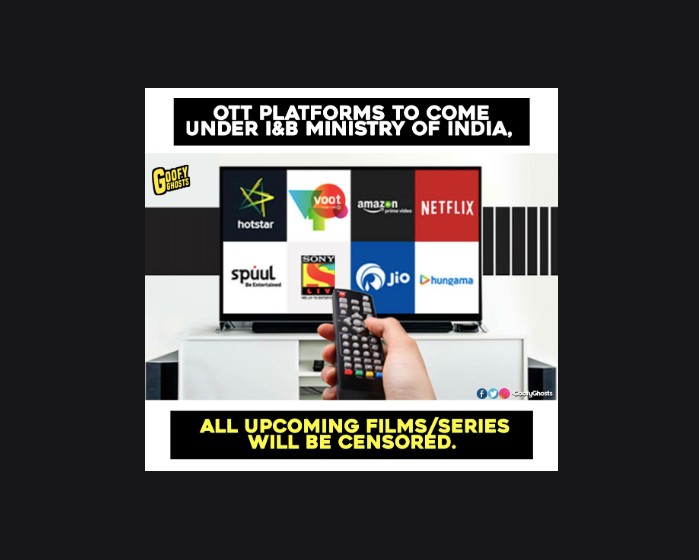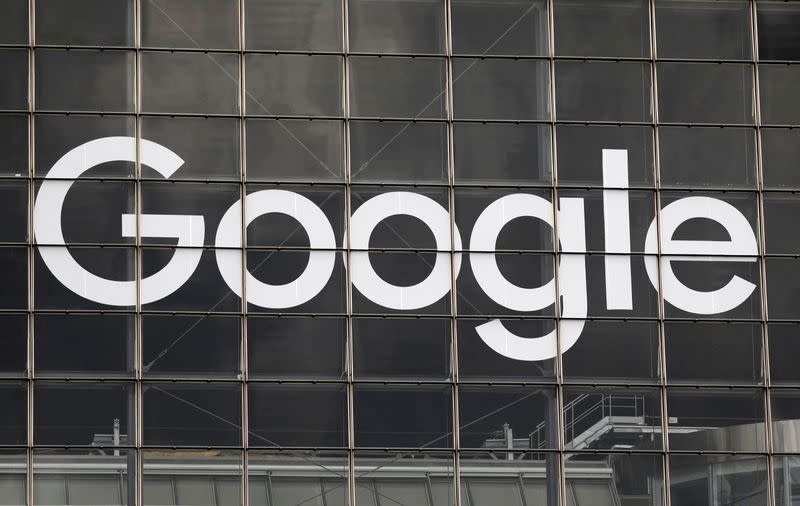Bengaluru, NFAPost: The Ministry of Information & Broadcasting recently issued a notice that OTT platforms like Amazon, Prime Video, Netflix, Disney Hotstar etc. will henceforth have to pass the govt censor knife.
It is interesting to note that the notification came after a petition on which the Apex Court sought Centre’s response on regulating OTT platforms by an autonomous body. In October 2020, the Supreme Court issued a notice to the Centre, Ministry of Information and Broadcasting and Internet and Mobile Association of India.
In October 2019, the Government of India indicated the issuance of ‘negative’ list of don’ts for the video streaming platforms and wanted them to come up with a self-regulatory body on the lines of the News Broadcasters Standard Authority. In wake of government’s intervention, eight video streaming platforms signed a self-regulatory code for the content on their platforms. The code prohibited five types of content but the government refused to support this code.
What are OTT platforms?
Over The Top (OTT) platforms are streaming services offered directly to the viewers through the Internet such as Netflix, Hotstar, Amazon Prime Video, etc. These platforms bypass cable, broadcast, and satellite television platforms, the companies that traditionally act as a controller or distributor of such content.
The OTT platforms began as content hosting platforms but now they have started production and release of short movies, feature films, documentaries and web-series.
The OTT platforms use Artificial Intelligence (AI) to suggest content to the viewers based on their past viewership on the platform. Some OTT platforms charge only for the premium content while others charge for accessing any content available on their platforms.
Currently, there’s no law or autonomous body governing content on such platforms as they are classified as digital media. They had no regulation on the type of content they offered, the subscription rates, certification for adult movies and so forth.
Karan Anshuman, known for directing web series like Inside Edge and Mirzapur, called the move “unacceptable.” He shared on Twitter, “Unacceptable. Viewers and creators have to band together and challenge censorship in any and every manner!”
Filmmaker Hansal Mehta expressed his disappointment at the government’s order. Talking to the press, the director said, “While this decision wasn’t unexpected, it is still a reason for despair. This desperation for control of free speech and expression does not augur well. I am currently very disappointed.” Mehta recently saw immense success with his web series Scam 1992. His next film Chhalaang releases on Amazon Prime Video on November 13.
According to actor Chandan Roy Sanyal, only when art is allowed to grow and be free can we achieve a digital revolution. Calling India’s OTT space, a new and young medium, Chandan said, “It’s the only way where people can express themselves and create exciting content without thinking much. The boom in digital content is happening since a year and a half in this country. I think by controlling it, we’ll miss out on great content.”
Karan Bedi, CEO – MX Player, said he looks forward to working with the government in implementing self-regulation code. He said, “We look forward to working with the ministry to implement our industry’s self-regulation efforts. As responsible content creators, we want to ensure this act not only takes cognisance of the nature of the content being released, but also ensures that we safeguard creativity in this rapidly growing sector.”
The OTT platforms were asked to come up with their own self-regulatory mechanism. But, in September, the government expressed displeasure at the model proposed by the Internet and Mobile Association of India (IAMAI).
The model was largely rejected because it did not define the code of ethics and was not clear on the definition of prohibited content. The IAMAI was asked to look into the model followed by the News Broadcasting Standards Authority (NBSA) and Broadcasting Content Complaints Council (BCCC).
At present, the Press Council of India regulates the print media, the News Broadcasters Association (NBA) represents the news channels, the Advertising Standards Council of India regulates advertising, while the Central Board of Film Certification (CBFC) monitors films.
Founding editor of news portal The Wire, M. K. Venu, said the government had been giving enough hints from time to time that it wanted to regulate digital media but the exact nature of the regulation it wanted to bring was not clear. “There is no clarity on what they mean by digital media. The government talks about digital media and digital aggregators in the same breath but they are different things. Are they looking at licensing, are they looking at entry barriers, or are they looking at curbing digital media? We still don’t know,” Venu said.
Javadekar remained tight-lipped about the issue, nor did he explain the implications of such an order. The Ministry has also maintained silence on exactly what is in store for digital news media and OTT platforms. An official from one of the leading OTT platforms said that it was too early to comment since there was no clarity from the government on what this notification would finally lead to.





